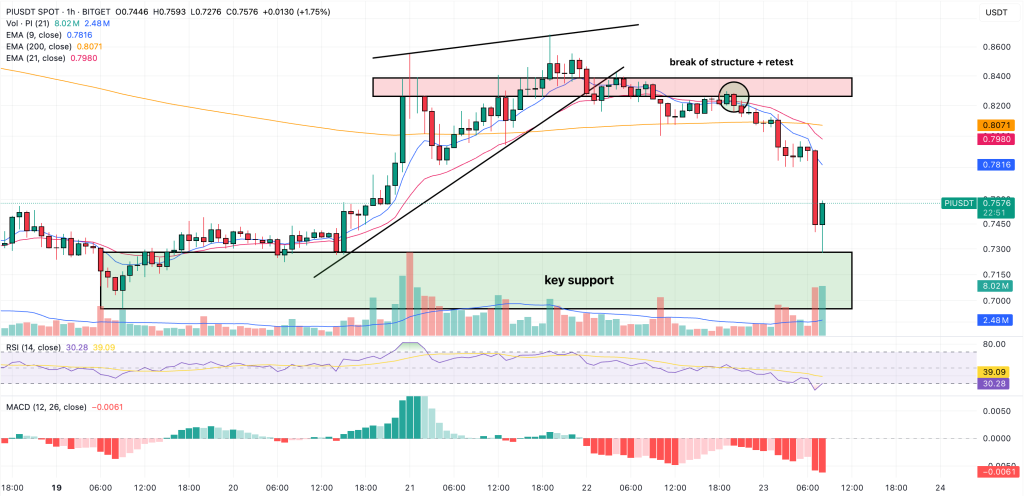Analysts say that internal talent marketplaces are an important part of the HR technology mix, but CHROs are still seeking guidance on how to turn these tools into a business win.
Earlier this year, analyst Josh Bersin told HRE that the landscape of internal talent marketplaces has added as much value to the industry as any other category in his career. “In some senses, it’s eating talent management from the inside out,” he said.
Mark Whittle, vice president of research and advisory in Gartner’s HR practice, recently confirmed the growing impact of these marketplaces with a callout to CHROs at his company’s Reimagine HR conference that this trend could significantly affect an organization’s talent management strategy.
Internal Talent Marketplaces, sometimes called ITMs, come in various forms, ranging from simple internal job boards to sophisticated AI-powered systems designed to enable employees to explore and apply for different roles within their organizations. Whittle describes these platforms as using a “skill lens versus a role lens” to unite work opportunities with employees capable of fulfilling them.
Vendor innovation talent is high. Five of the 13 top HR Tech Products identified by HRE this year, for example, fall into the talent management category. This ecosystem combines learning, performance and skills technology to promote internal mobility for employees and address organizational needs. Talent marketing place platforms drive both business agility and worker demand for mobility and growth, according to Whittle.
Traditionally, this connectivity depended on managers, who sometimes struggled to fully take advantage of these opportunities. Gartner’s research revealed that nearly 80% of employees in a select study felt unsupported in identifying career moves aligning with their skill sets.
ITMs are currently at the “peak of inflated experiences”‘ on Gartner’s hype cycle for HR tech, signifying that innovation is well underway, and these tools are becoming more adaptable for widespread adoption. Notably, ITMs rank among the top three most important emerging HR technologies according to a global survey of 138 Gartner clients.
Data also shows that people are interested in working at an organization that is invested in their careers. Talent platform Phenom reported that nearly 70% of employees admitted they would leave their current jobs if their employer did not allow internal mobility.
The business case for internal talent marketplaces
Business challenges have led leaders to investigate the potential of ITMs. Whittle highlights the success stories of companies like GSK and Sun Life, which leveraged ITMs to enhance performance and develop skills among their workforce. Sun Life, in particular, innovatively broke down opportunities into smaller gigs as part of its internal talent marketplace rollout in 2020. This encourages employees to enhance their skills while performing their usual roles.
Whittle underlines two critical lessons from these case studies. First, there are organizational challenges, such as talent hoarding, unpreparedness and administrative complexities. Second, data challenges include skills mismatches, data access limitations and privacy concerns. Clean data is vital for ITMs to function effectively, requiring both employees’ enthusiasm to provide accurate data and the organization’s commitment to a skills language model that AI can compute.
2 keys to uncovering ITM ‘magic’
There are two keys to uncovering ITM “magic,” according to Whittle. First, he insists that artificial intelligence-based algorithms are the cornerstone of internal talent marketplaces. Without AI, it’s not truly an ITM, as AI is essential for processing the vast amount of data and creating personalized development plans based on organizational skill needs.
The second key to ITM success is identifying “motivators” for employees and their managers to engage effectively with an internal talent marketplace. A motivation-centered solution targets what employees and managers want, so the tool doesn’t just sit on the shelf. Motivations may include working with specific colleagues or gaining exposure to particular areas. Managers, on the other hand, might be motivated by capacity concerns or the need to bring in subject matter experts.
Getting started with an internal talent marketplace
Whittle stresses that employers must define the problems they aim to solve with an ITM, recognize the tasks that require attention and be ready to embrace AI algorithms for task allocation and resource management. Furthermore, a plan to encourage employees and managers to consistently use the system is crucial.
For organizations looking to embark on the ITM journey, Whittle recommends exploring the capabilities that their current software may offer. The vendor marketplace offers a range of solutions, from those integrated into HCM suites to specialized offerings. Initiating a pilot program for a specific skill pool, focusing on areas with the most urgency or potential for buy-in, is a practical starting point, he advises.
Credit: Source link











